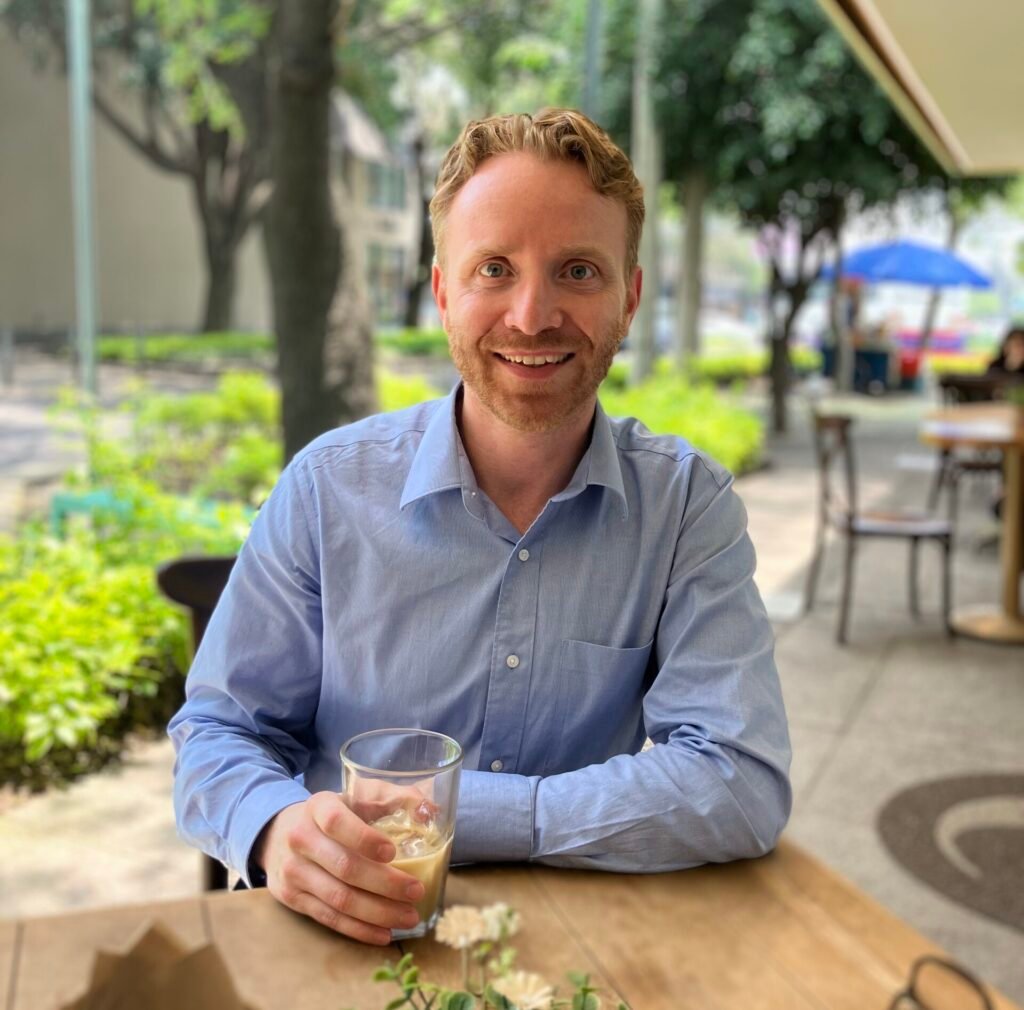
Our personality consists of different facets, also called ego states, each with unique emotions, memories, and needs.
Recently, I sipped an iced coffee during a workshop break in Mexico. Seeing the ice cubes in the glass made me think of the various parts or facets each of our personalities are made of.
Some of these personality parts — also known as ego states — can sometimes become “stuck” or “frozen” in past experiences. Gently guiding individuals to recognize the resources and strengths they possess today, is a core passion for me in my coaching. This fosters deep inner integration and alliance within clients.
Our ego states are dynamic aspects of our “self,” each with unique emotions, memories, and needs. This concept is academically supported by foundational work in ego state psychology, notably from John G. and Helen H. Watkins, who built upon earlier concepts from Milton Erickson and Paul Federn.
These distinct ego states can be understood as specific neural networks and processing modules within the brain, each activated under different circumstances.
However, past experiences can cause these inner parts to become “stuck,” for example, in stressful situations during childhood or teenage years. These states remain in an “alarm state” because they haven’t integrated adult resources. This can create an “inner straitjacket” that limits our expression and can manifest as shutdown or feeling blank. That’s where the profound work of inner teamwork comes in, aiming to re-establish collaboration within your internal system.
The core principle of working with ego states is that every behavior, thought, or feeling has a positive intention behind it. Even seemingly unhelpful behaviors were once adaptive strategies for survival.
The goal of Ego State Coaching is to create a harmonious inner team where all parts cooperate, leading to a more coherent and flexible sense of self.
The goal of Ego State Coaching is to create a harmonious inner team where all parts communicate and cooperate. This journey empowers self-efficacy, self-care, and self-regulation, leading to a more coherent and flexible sense of self by focusing on techniques such as:
Bottom-Up Processing: Since emotions and the body are intricately intertwined and processed first in subcortical regions, we work “bottom-up.” This means focusing on bodily sensations (somatic experiences) rather than just cognitive understanding. This includes proprioception (awareness of the body in space) and movement, as these directly access the nervous system’s regulatory capacities.
Co-Regulation: A coach’s physiological and psychological state directly influences the client’s. Research in interpersonal neurobiology highlights that co-regulation, where one nervous system influences another, is highly effective in fostering safety and trust. Simple actions like a deliberate sigh can mirror and help down-regulate a client’s nervous system.
Resource Activation: A fundamental step is activating resourceful ego states. This involves helping clients identify inner strengths, positive figures, moments of well-being, or external resources (like a calming image). These resources can be internalized and physically connected to, strengthening positive neural pathways.
If you want to move beyond feeling stuck and instead foster a strong, harmonious inner alliance, then Ego State Coaching offers a profound path forward.
Post Tags :
Share :
© 2025 innerteam.org